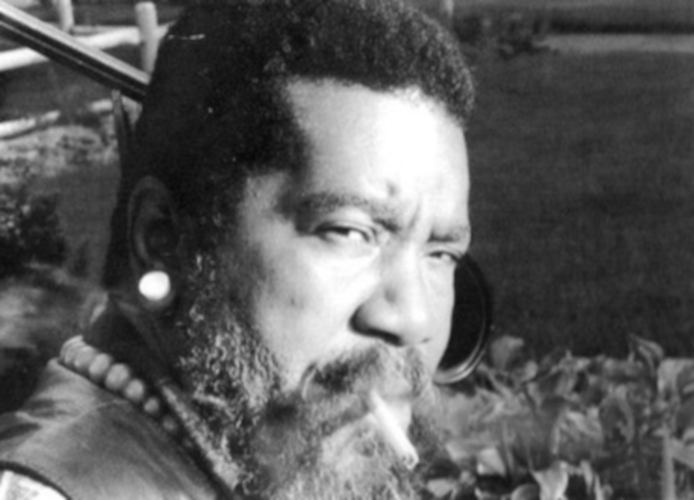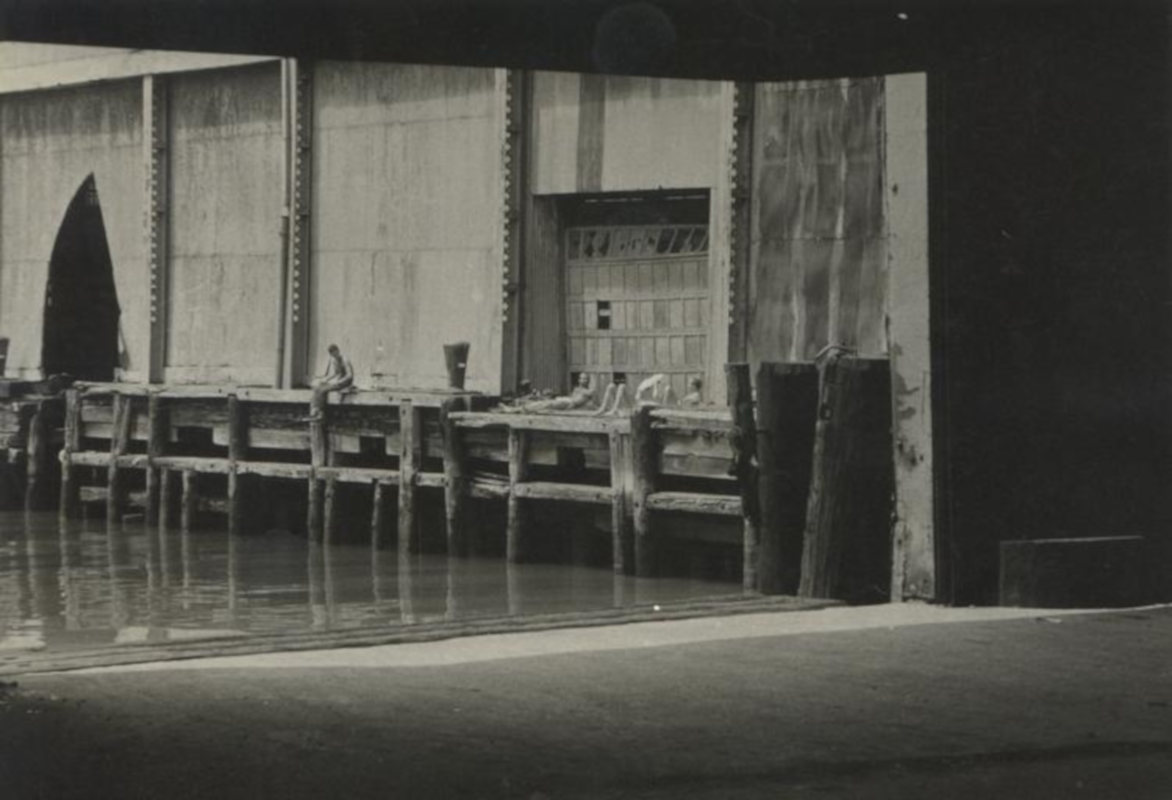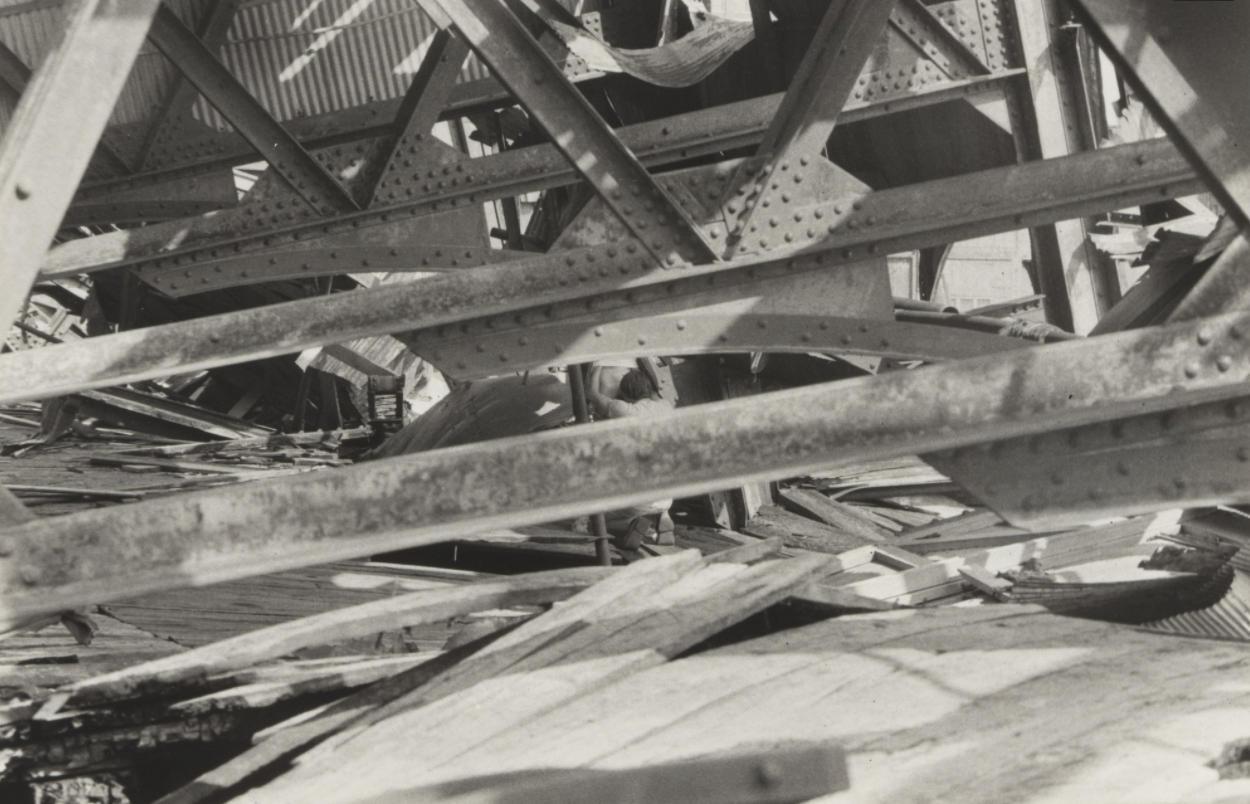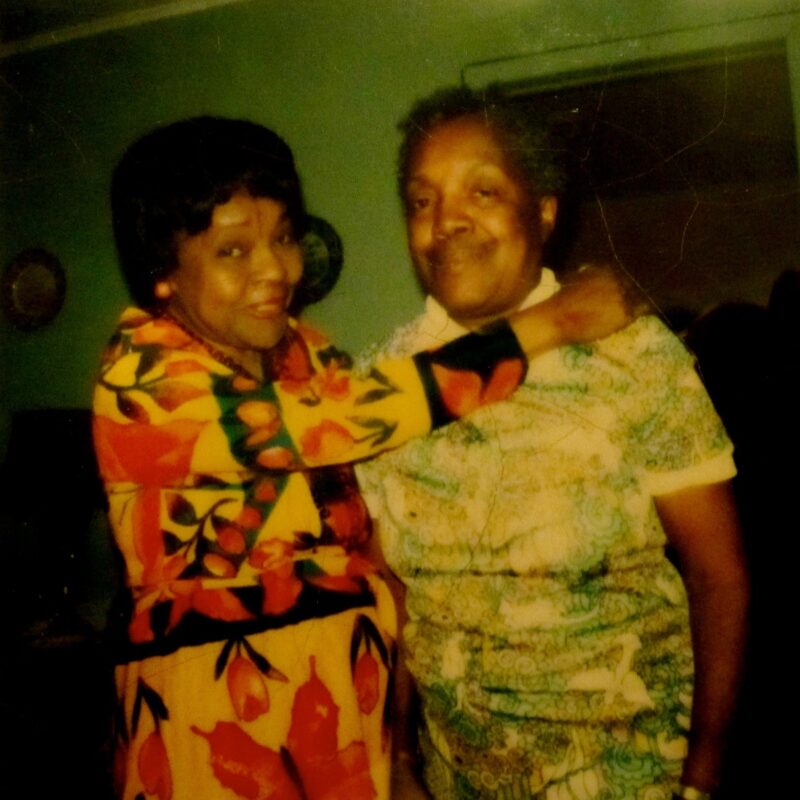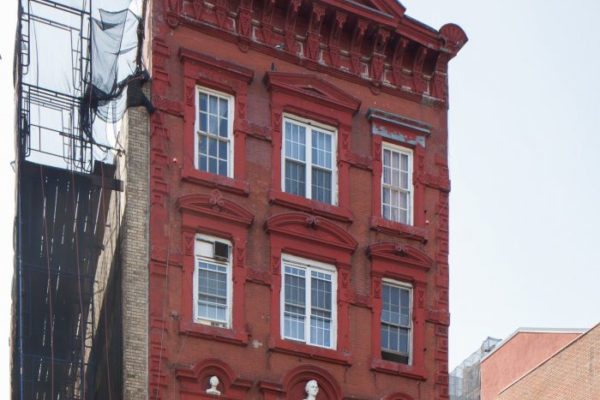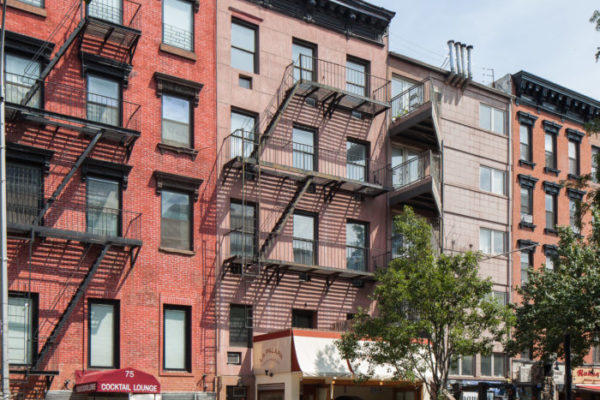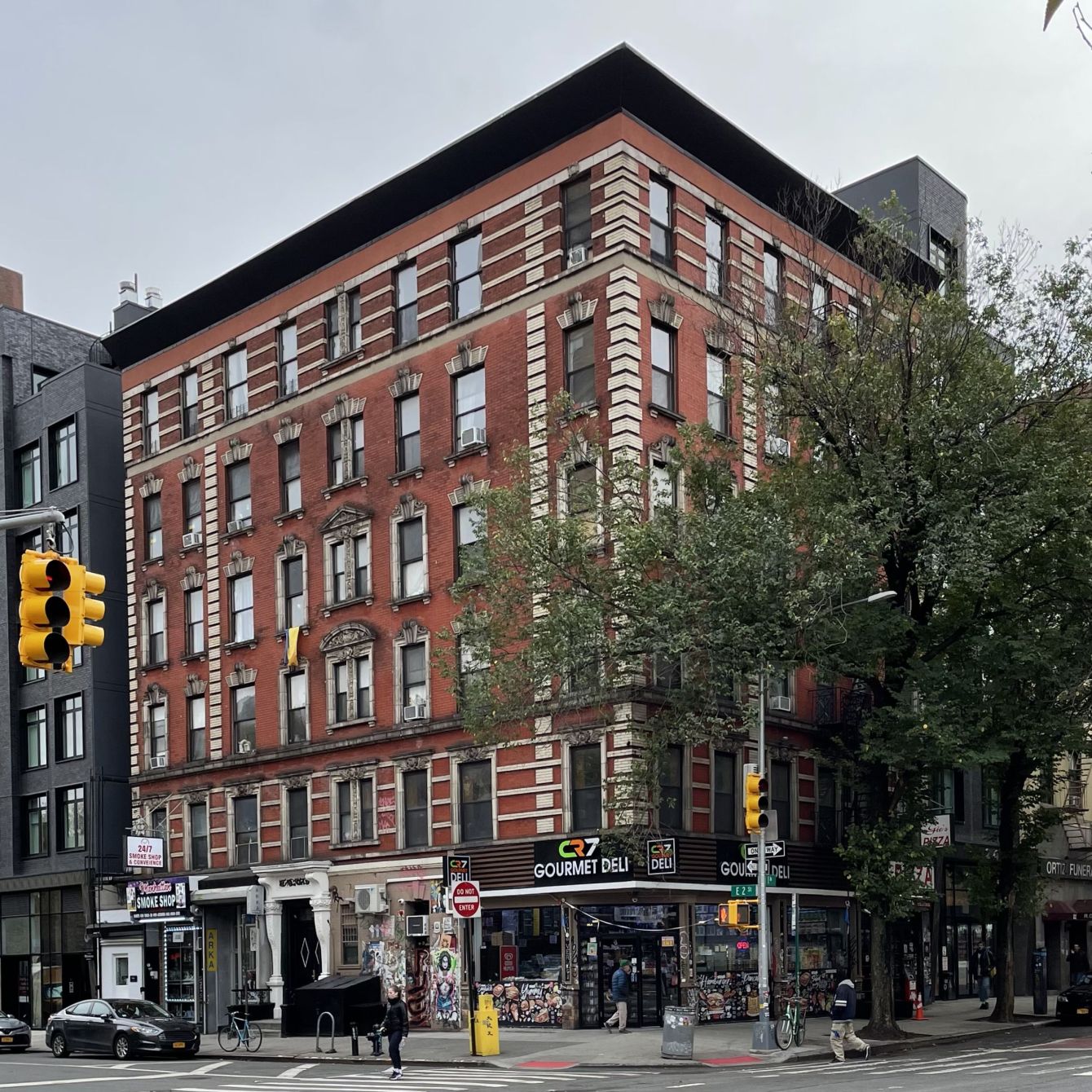
Alvin Baltrop Residence
overview
The gay, African American photographer Alvin Baltrop captured the unfolding LGBT life at the West Side piers and elsewhere in New York after the 1969 Stonewall uprising, though his captivating images went unrecognized during his lifetime.
From 1975 until his death in 2004, Baltrop lived in the East Village at 89 East 2nd Street.
On the Map
VIEW The Full MapHistory
Born and raised in the Bronx, photographer Alvin Baltrop (1948–2004) began capturing images as a teenager, producing voyeuristic work that would become his signature style. He photographed street scenes, Malcom X speaking at rallies, and his friends from the Stonewall Inn (Baltrop lied about his age to get into the bar). He joined the Navy as a medic in 1969, during which time he honed his craft as a photographer, utilizing medic supplies as makeshift photography equipment and taking intimate portraits of his fellow servicemen. After an honorable discharge in 1972, Baltrop returned to New York and enrolled at the School of Visual Arts to study photography, though he dropped out two years into his studies when he could no longer balance working and studying.
In 1975, he moved from his mother’s house in the Bronx to apartment 14 at 89 East 2nd Street, where he used the bathroom to develop and print the majority of his photographs. That year also marked the beginning of his time frequenting the piers on Manhattan’s west side—he was encouraged by his girlfriend Alice who, as Baltrop put it, “was always on me to do better.” The pair stayed together until 1980 when he met a man called Mark at the piers, the locus of his most memorable photography.
Baltrop spent over a decade photographing the dangerously dilapidated and abandoned piers and the artistic and emergent queer sexual life that developed there in the 1970s and ‘80s. He later mentioned that he was one of the few, if only, Black photographers capturing images of the piers, which were separated from the rest of the city by the abandoned West Side Elevated Highway. Art critic Douglas Crimp wrote how the derelict highway became a “ghostly barrier between ‘civilized’ Manhattan and the Hudson River. For those willing to cross underneath it, the … piers on the other side presented extraordinary opportunities for experimentation and mischief.” It was here that Baltrop flourished as a photographer, taking pictures that blended documentary street photography with an intimate diaristic style.
One of the many, many reasons why the pier photographs are extraordinary and important, is that Al documented a certain group of gay people in a specific place at a specific time in a way that didn’t glorify, demonize, exaggerate or stereotype, ultimately showing [his subjects] as being human beings.
Baltrop was almost completely unsuccessful as an artist in his lifetime. Despite his talent and living in the milieu of the creative East Village art scene in the early 1980s, Baltrop was never regarded in the same light as comparable photographers such as Peter Hujar and Nan Goldin. As an African American, he faced racism and discrimination whenever he attempted to enter the art world, with some gallerists even accusing him of stealing a white person’s work. Baltrop exhibited his work only twice during his lifetime—one exhibition was at a gay bar (The Bar on East 4th and Second Ave around the corner from his apartment in the East Village) where he worked as a bouncer.
Suffering through the loss of loved ones due to AIDS, and struggling with multiple medical conditions of his own, Baltrop died of cancer in 2004. Since 2008, his work has received recognition and today it is held in such museums as the Museum of Modern Art and the Whitney Museum of American Art. The Bronx Museum of Art hosted a retrospective in 2019-20. His images are now celebrated as stylistically accomplished photography, and as a record of an important moment in the queer history of New York City.
Entry by George Benson, project consultant (February 2021).
NOTE: Names above in bold indicate LGBT people.
Building Information
- Architect or Builder: George F. Pelham
- Year Built: 1903
Sources
Randal Wilcox, “The History That Alvin Baltrop Left Behind,” Atlántica: Journal of Art and Thought, Vol. 52, Spring/Summer 2012. [source of pull quote]
Douglas Crimp, Before Pictures (United Kingdom: Dancing Foxes Press, 2016).
James Reid, Alvin Baltrop: The Piers (Spain: TF Editores, 2015).
Michael J. Carroll, “Alvin Baltrop,” Making Queer History, August 31, 2017, bit.ly/3joY5mX.
Osa Atoe, “Alvin Baltrop,” Color Lines, March 24, 2009, bit.ly/36JUMBH.
Holland Cotter, “He Captured a Clandestine Gay Culture Amid the Derelict Piers,” The New York Times, September 19, 2019, nyti.ms/3tpHuUB.
Do you have more information about this site?
This project is enriched by your participation! Do you have your own images of this site? Or a story to share? Would you like to suggest a different historic site?
